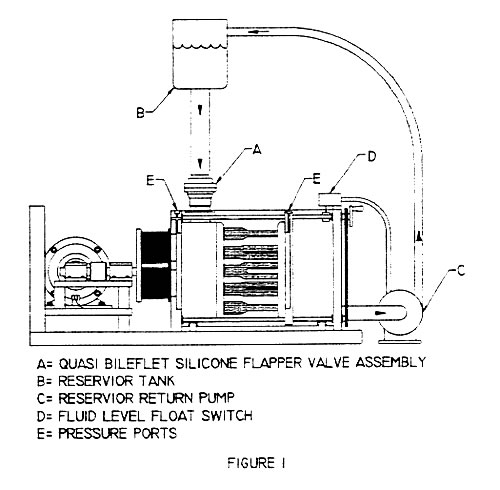The Durability Testing of Porous Bifurcated Stent Grafts
Stent Testing
by | SFB 2000 | Publications, Stent Testing
The Durability Testing of Porous Bifurcated Stent/Grafts Without Restricting Leakage
James C. Conti,1,2 Elaine R Strope,1 Donald J. Rohde,1 Richard Carp,1 Steven Kulan,3
1 Dynatek Dalta Scientific Instruments, Fourth and Main Sts., Galena, MO 65656 USA
2 Southwest Missouri State University, Dept. of Physics and Astronomy, Springfield, MO USA
3 Springfield Applied Mathmethics
SFB 2000
Introduction:
The durability or fatigue testing of porous vascular grafts or stent/grafts has, along with the standard problems associated with accelerated testing, the obvious additional disadvantage that the testing fluids are constantly leaked through the wall, thereby reducing the volume of testing fluid available. In the past the most common approach to this problem was to use a material to restrict the leakage of the fluid out of the sample during testing. This was commonly done with either a thin walled latex insert or by the utilization of some blocking material such as gelatin to accomplish the same restriction of flow. In some instances, however, the utilization of these materials causes an additional concern regarding abrasion or modification of the three-dimensional mechanical properties of the graft.
Purpose:
To evaluate the durability of a porous bifurcated stent/graft, without the use of any materials to restrict leakage.
Methods:
Initially the leakage of the stent/graft designed for use in the aortic iliac bifurcated position was determined using a pulsatile system loading the graft at various pressures up to 150/110mm Hg. A device was then designed to allow for the cyclic pressurization of these bifurcated devices up to this pressure differential at speeds up to 1200 cycles per minute (Figure 1). This device included the utilization of a testing fluid replacement circuit which was designed to include a gravity feed and an impeller pump return loop. The key to the success of the device was the design of a large diameter quasi bileaflet silicone flapper valve that allowed for the replacement of the high volumes of fluid necessary to maintain the testing parameters at all cycle rates.
Results:
Leakage rates through the various stent/graft prototypes were as high as 4 liters per minute when tested at 150/110mm Hg at a pulsation rate of 72 beats per minute. It was found that monitoring the distal pressures at the exit points of the iliac artery portions of the stent/graft gave the most reliable data with the respect to assuring that the pulsed stent/graft was being cyclically loaded at pressures defined in the protocols.
Comments:
The device and protocols are currently being used to evaluate the various fatigue/durability/abrasion characteristics of a Nitinol Dacron bifurcated stent/graft. Details of the specific designs will be presented.




